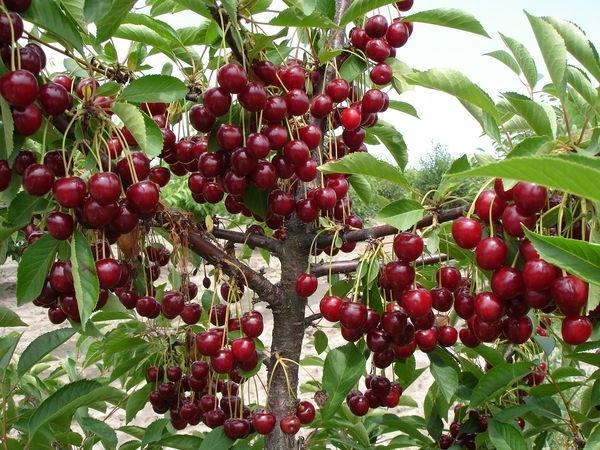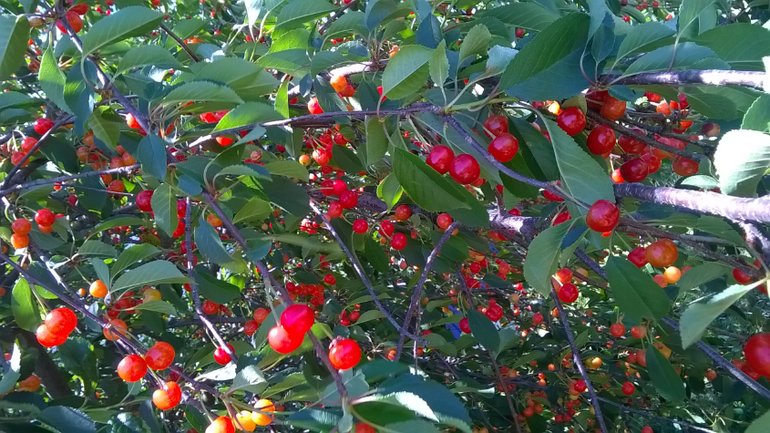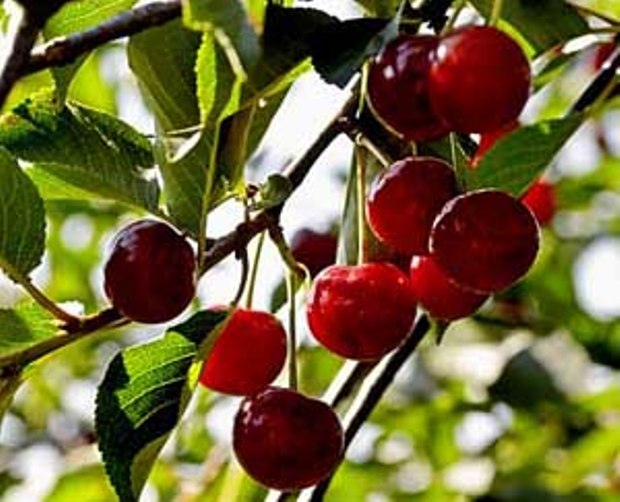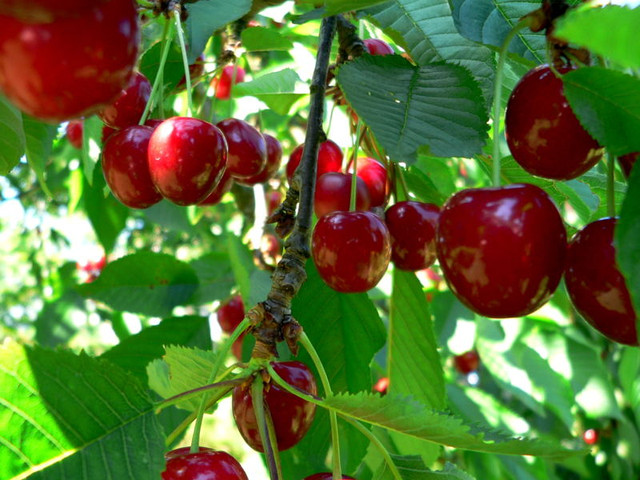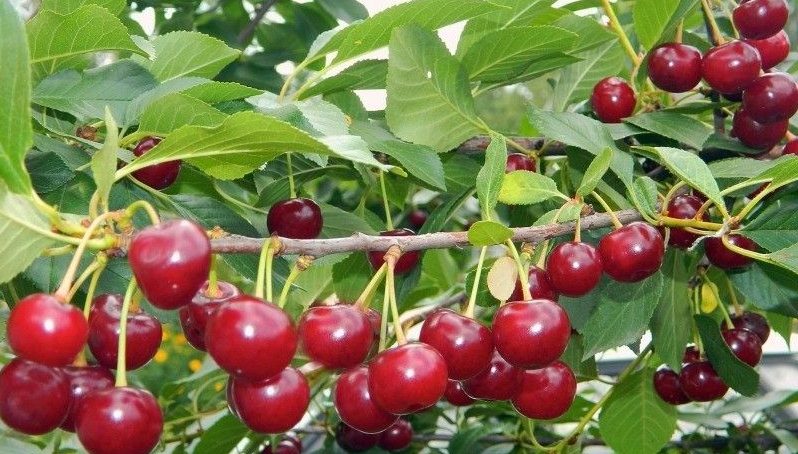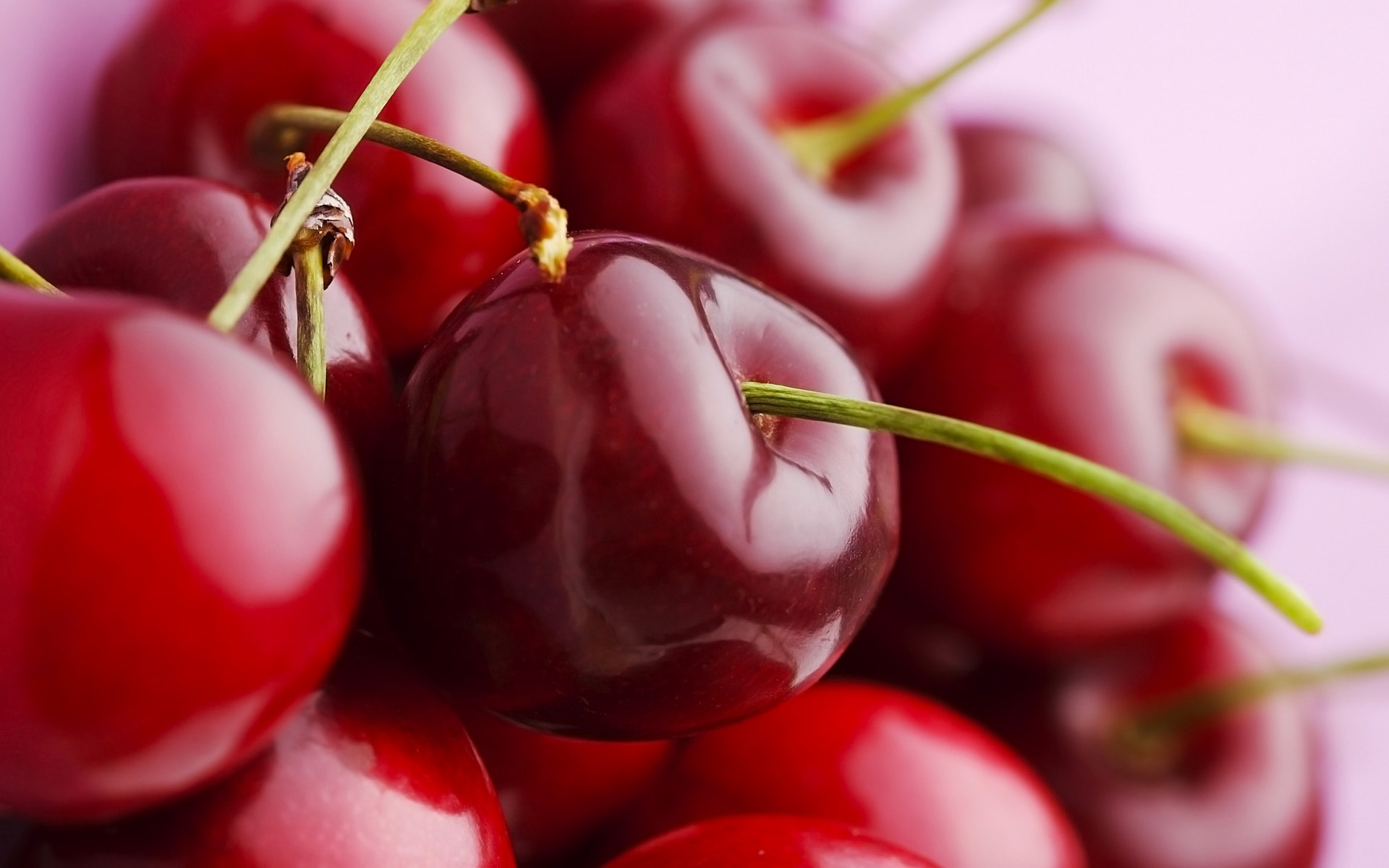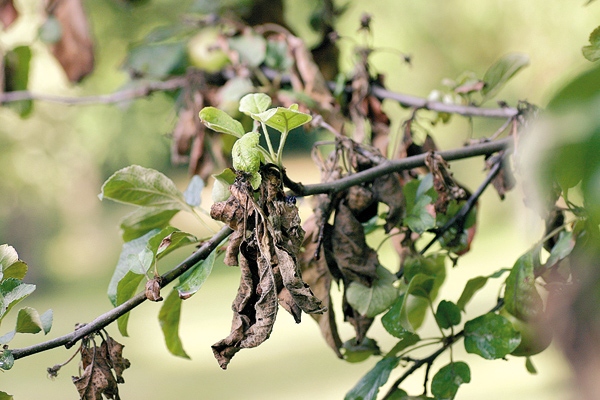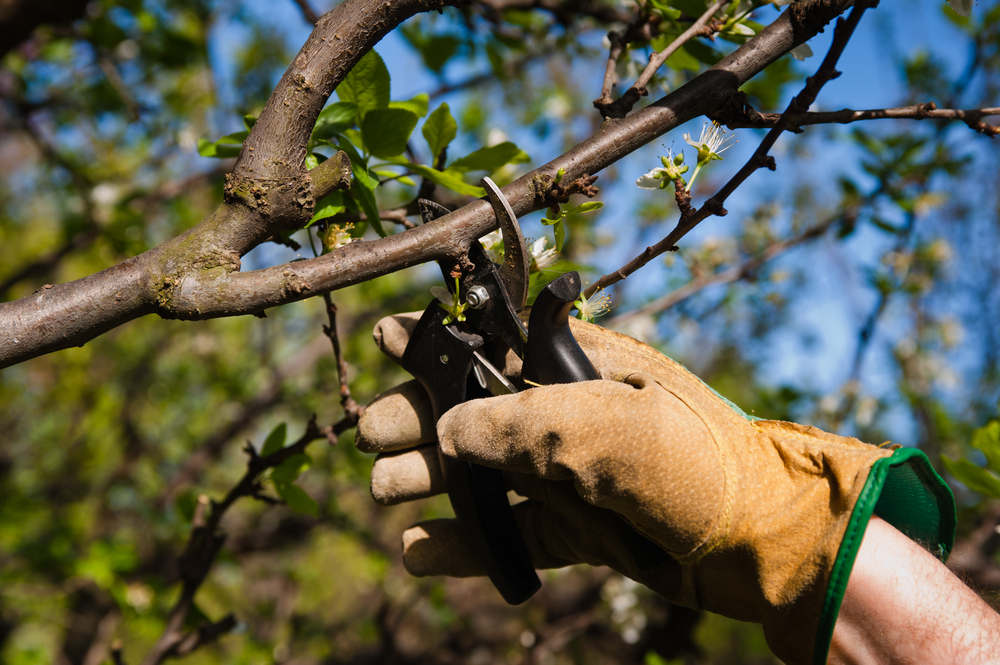Content:
Cherry is one of the most popular fruit crops in Russia. She is loved for its excellent taste, juiciness, early ripeness and relative unpretentiousness. The trees bloom very beautifully and bear fruit abundantly. The berries are mostly red and burgundy. Yellow cherries are a misconception, since only sweet cherries can be yellow. Cherry trees came to us from the Mediterranean region, they love the sun, but today there are a large number of varieties that will take root in less warm areas.
The berry is used in cooking, conservation and eaten raw. Popular recipes for cherries with other berries and fruits. For example, jam from late varieties of cherries with Mezen apples or Timiryazevskaya cherry plum.
To get a rich harvest, you need to know about all the advantages and disadvantages of each variety, the rules of planting and care. The article will help you understand the varieties of cherries, their features and main characteristics.
Division and classification
Cherry trees are harvested until mid-August. Depending on the season of cherry picking, there are:
- early;
- mid-season;
- late.
Early cherries ripen at the end of June, have a sour taste and excellent cold resistance. Mid-ripening berries have a more pronounced rich taste; they ripen in early to mid-July. The most juicy - late - ripen in late July - early August, it is customary to use them, including for canning.
There is another classification of trees:
- self-fertile - form up to 40% of the fruits of the entire flowering;
- partially self-fertile - 15-19% of fruits;
- self-infertile - no more than 5%.
Of course, the most beloved by gardeners are self-fertile or partially self-fertile species, because they always give a good harvest without pollinators. Such cherries can grow as trees or bushes, and their varieties can also differ from each other.
The best varieties early cherries
Early frost-hardy cherries grow well in regions with short summers.
Miracle cherry
The second name is Duke. It is a hybrid cherry and sweet cherry variety. Dark red juicy and large Miracle cherries are collected in a brush. It is pollinated with cherries, the first harvest gives already at the age of 3 years and then - every year. The taste is excellent, the disease resistance is increased - that is why this variety is so popular among gardeners.
Chocolate girl
Cherry trees of this variety have straight trunks up to 2.5 meters, their lifespan is up to 20 years. The taste of the fruit is sweet and sour, the aroma is average. Trees tolerate both summer drought and frosts in winter, they are self-fertile and resistant to disease - for this they are very fond of summer residents. Ideally, if you plant Shokoladnitsa in sandy, slightly acidic soil, where there is no groundwater nearby. The absence of water in the planting strip is necessary so that the roots do not rot.
Youth
The cherry of this variety is a bushy culture with bright green leaves and large maroon berries weighing up to 4.8 grams. The taste has a pleasant sourness.The harvest is rich if it was planted on last year's wood. Most often, the Youth is used for freezing or preservation, since the pulp of the berries is perfectly separated from the stone. The bushes give their first harvest in 5 years. Self-fertile, cold-resistant, but disease resistance is average.
Cherry T-shirt (May early cherry)
The cherry of the Maiskaya variety is low-growing, with dark red tart and sour berries. Gives a good harvest, is unpretentious, used in cooking.
Amorel Nikiforova
A medium-sized tree with a dense crown. This is a light cherry, with a fruit weight of up to 3.2 grams. The pulp is tender, sweet and sour. The harvest is quite high, the trees are resistant to low temperatures.
Spunk
Varietal selection, cherry-cherry hybrid. Trees grow rapidly, their crown is spherical. The berries are claret-red, round-flat, juicy, sweet-sour, ripen at the end of June. The trees give the first fruits for 6-7 years, then annually up to 60 kg from each tree. Trees tolerate frost and drought very well. They need pollinators, since self-fertility is minimal. The fruits are used in cooking and conservation. For example, for making delicious jams and pitted cherries.
Rustuni
Tall, tree-like cherry trees with flat-round dark red fruits. The berries are small, on average 2 grams, have a pleasant sweet-sour taste. Average winter hardiness, high yield.
Orlovskaya
Medium-long trees, berries about 3 grams, red, round, slightly compressed from the sides. The pulp of the fruit is sweet and sour pink. Average winter hardiness, good annual yield.
Baby
Medium-sized trees with a spherical crown, bear fruit on bouquet branches, large white flowers. Baby's fruits ripen in the second half of June, have a dark red color, the flesh separates well from the stone. The berries tolerate long-term transportation well, have a very pleasant sweet taste with a slight acidity, and are often eaten fresh. Excellent disease resistance.
Dessert cherry Morozova
Medium-sized trees with a round, rich green crown. Bears fruit on raft twigs. The flowers are large, pale pink. Berries by weight can exceed 5 grams, the shape is rounded-concave, the taste has a slight sourness. The first fruits appear at 3 years old. New trees need additional pollination. It is moderately resistant to disease and frost, and tolerates drought perfectly.
Rubinovka
A hybrid of cherry and sweet cherry. Self-fertile tree with very large berries, about 8 grams. The fruit tastes very sweet. Resistance to drought is high, and to frost and disease - medium.
Vita
Self-fertile variety, other early pollinating varieties are planted nearby for cultivation. Cherries are large, with a very fresh and bright taste, weight up to 6 grams. It tolerates frost well and is almost not susceptible to disease.
Memory of Yenikiev
Three-meter with a spherical crown and large, up to 5 grams, fruits. The berries are oval, dark red and very sweet, similar in color to the Stefania cherry. The fruit has a large stone, from which the pulp is easily separated. A new crop can be harvested after 3 years. Resistance to frost, drought and high humidity is average.
Seedling No. 1
Varietal result of free pollination. The trees are medium-sized with a rounded crown, the cherries are juicy, sweet and sour, with yellowish flesh and light juice. The stone is very small. It is a partially self-fertile variety.
Mid-season and late varieties: advantages and disadvantages
The later the cherry ripens, the sweeter and tastier its fruits. They can be consumed both fresh and used in preparations.
University
A bushy variety suitable for the harsh climatic conditions of the northwest of the country and Siberia. It is not suitable for landing in the Krasnodar and Stavropol Territories and the Rostov Region. Fruits are dark red, round-conical. They give annually up to 5 kg per bush. Disadvantage - has a sour taste.
Gorkovskaya
Small-fruited variety (up to 2.5 grams), round berries with dark red pulp. The variety is self-infertile, has a high winter hardiness, is not susceptible to fungal diseases. The yield is not high, average.
Lyubskaya or Beshchevskaya
Bred by the Zhigulevsky gardener A.V. Beschev, who received a large number of awards for labor merit. Gives a bountiful harvest, frost-resistant, self-fertile culture.
Cherry Drop
The trees are medium in size, the crown is spreading. Description of the cherry variety Droplet: fruits weigh on average 4 grams, their shape is round. The berries are dark red with red juice and pulp. The stone is smooth, oval, easily separated from the pulp. Resistance to fungal diseases is average, so Droplet needs active care.
Silva variety
Oval berries weighing up to 4 grams with juicy dark red pulp and juice with a slight acidity. Self-infertile variety. The big disadvantage of this variety is the tendency to disease.
How to care for a cherry orchard
Why do some summer residents grow cherries and bear fruit every year, while others quickly rot or give little harvest? This may be due to diseases that affect fruit crops.
Most often cherries get sick:
- coccomycosis - adversely affects the leaves: they turn yellow and crumble;
- moniliosis - affects the fruits, they are covered with a white bloom and rot;
- clasterosporium - affects the buds, flowers and fruits, the leaves become full of holes, and drops of gum stand out on the petioles.
Fungal diseases are not easy to cure. Some summer residents drip various chemicals to save their garden, but this is a dangerous method, because chemistry often affects the fruit. After using harmful substances, the berries may become unsuitable for food. Therefore, the best way to protect against diseases is to initially choose varieties that are resistant to fungi for planting.
To the question of which cherry varieties are better, everyone has their own reasoned answer. However, when choosing seedlings for planting, you should first of all pay attention to:
- the ability to withstand the vagaries of the weather (severe droughts or frosts);
- the yield of the species;
- self-fertility;
- resistance to fungal diseases and pests.
Today there are approximately 150 varieties of cherries, each with their own pros and cons. Having carefully studied the material, you can make the right choice, learn how to take care of the garden in order to regularly harvest a delicious harvest.
